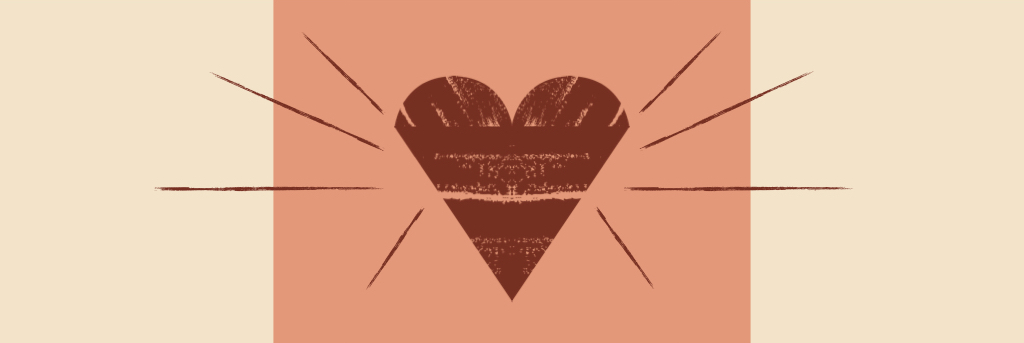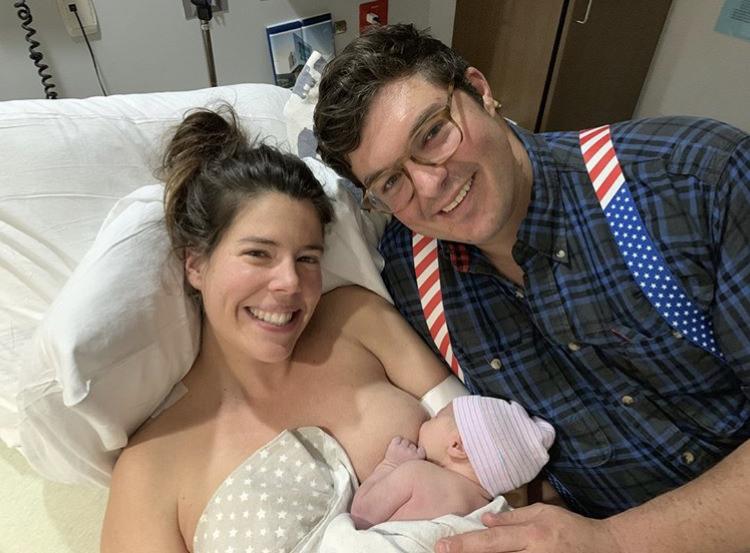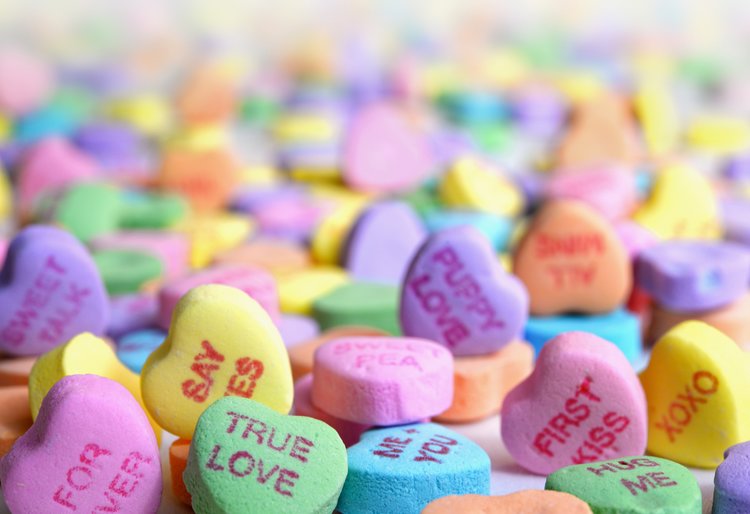As children, and even into adulthood, it’s customary to exchange Valentine greetings with a paper heart. This practice dates back to the 18th century although the symbolism precedes this popular use by perhaps centuries. The iconic heart pictograph represents love, friendship, and so much more. But, as a two-dimensional object, does that symbol adequately represent the human heart?
Who’s In Charge?
There have probably been times in your life that you’ve been told to think with your brain, not your heart. Many of us were taught that the brain sends signals to the heart, rather than the other way around. Recent research, however, suggests that the opposite is actually true.
The heart sends more messages to the brain than the brain sends to the heart. And the brain listens. Sometimes this symbiotic brain-heart connection works to the brain’s detriment, such as during times of stress, but at other times, the heart can have a positive effect on the brain. It’s complicated, as are all matters relating to the heart. However, the research shows that perhaps we’ve been taking the power of our hearts for granted all this time.
The heart beats, on average, more than 100,000 times per day. That’s more than three billion times in an average lifespan. According to recent research, the heart has been shown to be significantly more powerful than the brain. The statistics are staggering. Studies indicate that the heart’s electrical power is anywhere from 50 to 100 times more than the brain’s, and the heart’s magnetic power may be as much as 5,000 times more (Kahn, 2019). No doubt the heart is the power center of the body—and the mind.

Steady On…Or Not
Many people believe that a steady heart rate suggests strength and health. In reality, steadiness isn’t really desirable. Marcelo Campos, a primary care physician with Harvard Vanguard, notes that heart rate variability—or the measure of the difference in time between each beat—is actually a better indicator of health and fitness. Heart rates tend to be steadier when the body is in fight-or-flight mode and as aging occurs.
Even in unborn babies, the heart is more important than all other organs. Fetal heart rates are used to indicate the relative health of the fetal brain (Hamilton & Warrick, 2018). Fetal heart rate variability indicates the quality of the baby’s environment, and lack of variability can suggest the possibility of post-birth problems (Shaw, Lees, & Giussani, 2016). The baby’s heart can be a source of anxiety for pregnant women, so hearing her baby’s heartbeat for the first time is typically a much-anticipated and joyous event.

❤️ Me
Social media brings the heart to the forefront of our consciousness daily. The heart pictogram is ubiquitous online. Emojis have become so popular that there are now entire conferences devoted to their study.
According to Brandwatch, the classic red heart is the fourth most popular emoji (with the third being a smiley face with red heart eyes). Emojipedia ranks the classic red heart as the second most popular emoji of 2018. In most social media apps, such as Instagram, Twitter, Tumblr, and Facebook, users show affection for one another’s posts by “hearting,” and Snapchat’s artificial intelligence automatically applies a red heart emoji when two people have been #1 best friends for two consecutive weeks.
Courtney Seiter (2016) notes that social media users tap emojis to create a sense of virtual closeness and connectedness. Interestingly, Seiter suggests that there is also an element of reciprocity in emoji usage, and some people have gone so far with the quid pro quo as to try to one-up each other. Emojis can also help us show empathy, but is that emotion real or just for show?

We ❤️ Everything
Humans are heart-centric. We’ve even turned it into a verb in usages like I ❤️ my cat, I ❤️ NY, and I ❤️ you.
The way the pictograph is used has evolved with the times, but the sentiment goes back centuries. Hildegard of Bingen, a 12th century Christian mystic, once wrote, “The soul sits at the center of the heart, as though in a house.” Even Aristotle considered the heart to be more important than the brain, noting that the heart is the first fetal organ to form. Master Nicolaus referred to the heart as the “spiritual member” of the body, making it the seat of all emotion. We once considered this thinking simplistic, but as it turns out, Aristotle and Nicolaus were right.
The heart is a magical organ. It’s the “heart” of our human existence—symbolically, mentally, and physically.
What can you do today to honor your heart more intentionally?

References
- Campos, M. (2017). Heart rate variability: A new way to track well-being. Retrieved from https://www.health.harvard.edu/blog/heart-rate-variability-new-way-track-well-2017112212789
- Hamilton, E., & Warrick, P. (2018). Electronic fetal monitoring: An updated primer on the physiology of fetal heart control. Retrieved from https://perigen.com/wp-content/uploads/2018/05/Electronic-Fetal-Monitoring-Physiology-An-update-FINAL-20180509.pdf
- Kahn, J. (2019). 7 scientific reasons you should listen to your heart (not your brain). Retrieved from https://www.mindbodygreen.com/0-11982/7-scientific-reasons-you-should-listen-to-your-heart-not-your-brain.html
- Seiter, C. (2016). The psychology of social media: Why we like, comment, and share online. Retrieved from https://buffer.com/resources/psychology-of-social-media
- Shaw, C. J., Lees, C. C., & Giussani, D. A. (2016). Variations on fetal heart rate variability. Journal of Physiology, 594(5), 1279-1280. doi:10.1113/JP270717
The most recent posts
I’m going back to my roots. Literally. I’ve been highlighting my hair for longer than I’ve had a driver’s license. And this week, without much thought or realization of the significance, I asked my stylist to match the top half of my hair to the bottom half. Under all that blonde, I’m apparently a natural brunette. ...
Read Field Note“Love takes off the masks we fear we cannot live without and know we cannot live within.” James Baldwin Today, we’re living in a divided world of “us” and “them,” of people who think/look like me and those who don’t. When things are going well, when we’re around people like us, it feels easier to ...
Read Field NoteI laughed with my family and colleagues this week sharing that I was this year’s banquet keynote. The class of ‘93 over there is probably laughing too. I also told many of them I’d start this address tonight with a reminder: I’m lucky I finally made my way out of Mr. Evans’ office to speak ...
Read Field Note
Subscribe to our newsletter
Sign up with your email address to receive our monthly newsletter. What do we send your way? Recommended resources, introspective content, information on upcoming events, & more.

